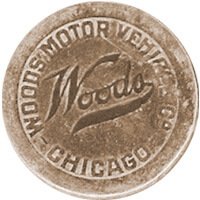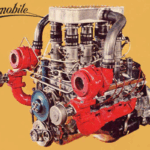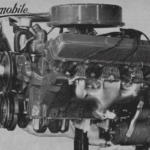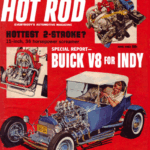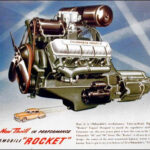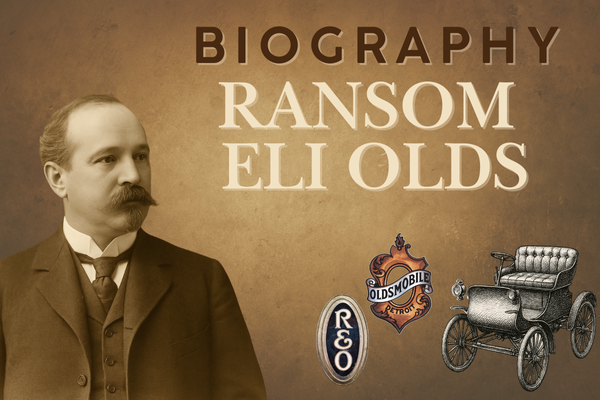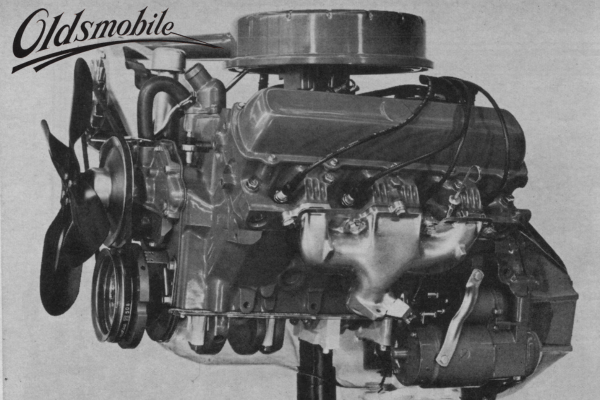In today’s world, when we think of electric cars, brands like Tesla and Toyota Prius often come to mind. But did you know that over a century ago, electric cars were making waves in the American automobile industry? One such pioneer was the Columbia electrical car, a vehicle that could have changed the course of automotive history forever.

Origins of the Columbia Electric Car
Picture this: it’s the late 19th century, and automobiles are still a novelty. In 1897, the Columbia electrical car burst onto the scene, courtesy of the Pope Manufacturing Company of Hartford, Connecticut. Back then, electric cars were not a new concept, but the Columbia stood out for its reliability and innovation. Under the leadership of Hiram Percy Maxim, the Columbia brand gained traction, with hundreds of electric and gasoline carriages rolling off the production line. The company caught the attention of financiers like William Collins Whitney, who saw the potential in electric vehicles for urban transportation.
Challenges and Innovations
However, the road to success was not without its bumps. Despite producing thousands of electric taxicabs, Columbia struggled with profitability. The company’s decision to acquire the Selden patent for gasoline automobiles further complicated matters, leading to legal battles with other manufacturers. But amidst these challenges, Columbia continued to innovate. From advanced features like full-elliptic springs to the introduction of hybrid models, the company pushed the boundaries of automotive technology.
Evolution of Columbia and Electric Vehicle Company
As the years passed, Columbia underwent several transformations. Ownership changes, shifting production priorities, and rebranding efforts marked the company’s journey. Despite the initial focus on electric cars, Columbia gradually shifted towards gasoline models, mirroring broader industry trends.
Challenges and Innovations
However, the road to success was not without its bumps. Despite producing thousands of electric taxicabs, Columbia struggled with profitability. The company’s decision to acquire the Selden patent for gasoline automobiles further complicated matters, leading to legal battles with other manufacturers. But amidst these challenges, Columbia continued to innovate. From advanced features like full-elliptic springs to the introduction of hybrid models, the company pushed the boundaries of automotive technology.
Evolution of Columbia and Electric Vehicle Company
As the years passed, Columbia underwent several transformations. Ownership changes, shifting production priorities, and rebranding efforts marked the company’s journey. Despite the initial focus on electric cars, Columbia gradually shifted towards gasoline models, mirroring broader industry trends.
Challenges and Innovations
However, the road to success was not without its bumps. Despite producing thousands of electric taxicabs, Columbia struggled with profitability. The company’s decision to acquire the Selden patent for gasoline automobiles further complicated matters, leading to legal battles with other manufacturers. But amidst these challenges, Columbia continued to innovate. From advanced features like full-elliptic springs to the introduction of hybrid models, the company pushed the boundaries of automotive technology.
Evolution of Columbia and Electric Vehicle Company
As the years passed, Columbia underwent several transformations. Ownership changes, shifting production priorities, and rebranding efforts marked the company’s journey. Despite the initial focus on electric cars, Columbia gradually shifted towards gasoline models, mirroring broader industry trends.
Columbia’s Role in Industry Dynamics
The story of Columbia is not just about one company; it’s a microcosm of the electric car revolution in America. Legal battles over patents, attempts at consolidation within the industry, and the rise of gasoline-powered vehicles all played a role in shaping Columbia’s fate. But Columbia’s legacy extends beyond its demise. The company’s struggles and triumphs offer valuable insights into the early days of electric cars and their impact on the automotive landscape. From pioneering technologies to legal challenges, Columbia was at the forefront of a movement that would ultimately reshape the way we think about transportation.

1897 Columbia, Electric Carriage, SR from the “Standard catalog of American cars: 1805-1942 by Kimes & Clark – 1996”
Click on the logos below to explore brand documents from the pioneers in electric vehicle manufacturing, producing various models of electric cars, trucks, and buses during a time when gasoline and steam-powered vehicles were also in competition

Baker Motor Vehicle
1899 – 1914
Columbia Automobile
1916 – 1924

Detroit Electric
1907–1939

Rauch and Lang Carriage
1907–1939





